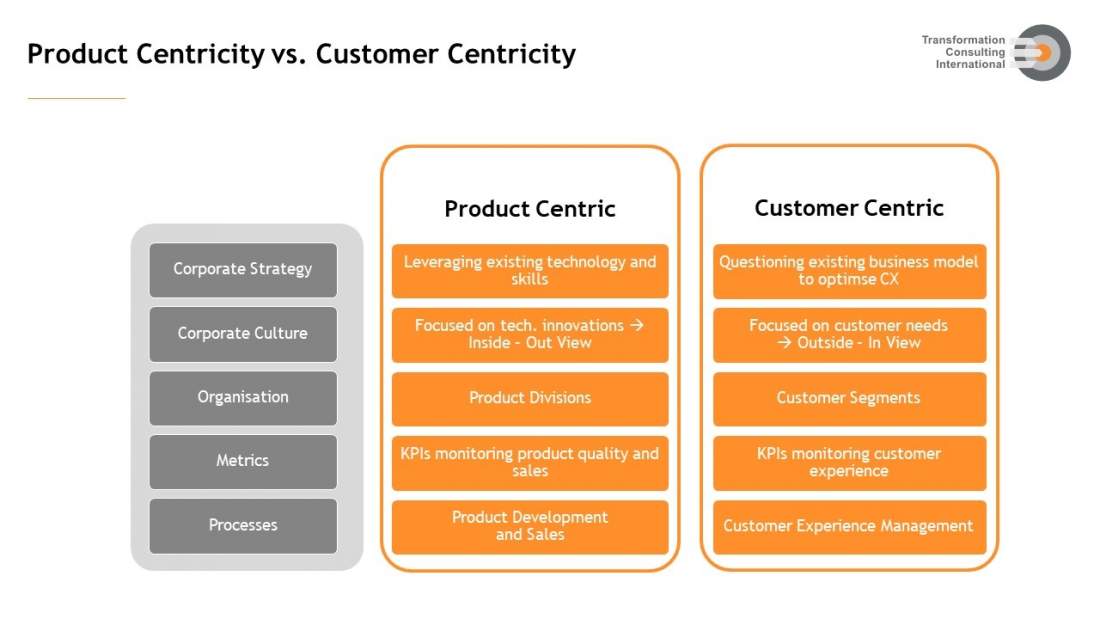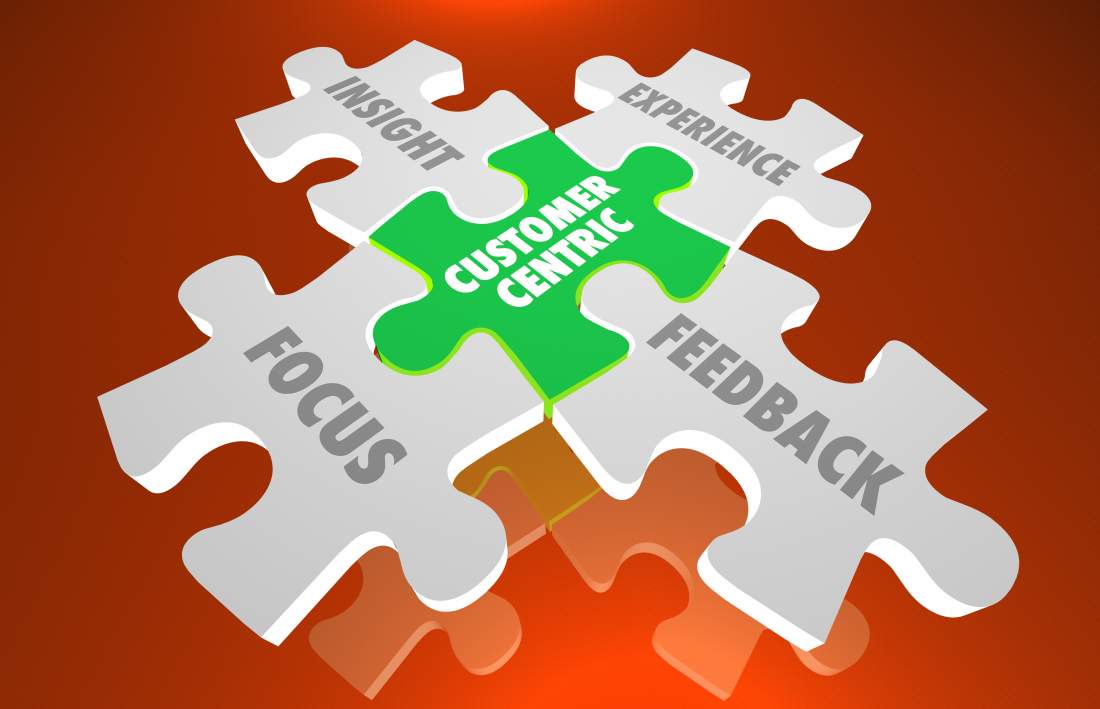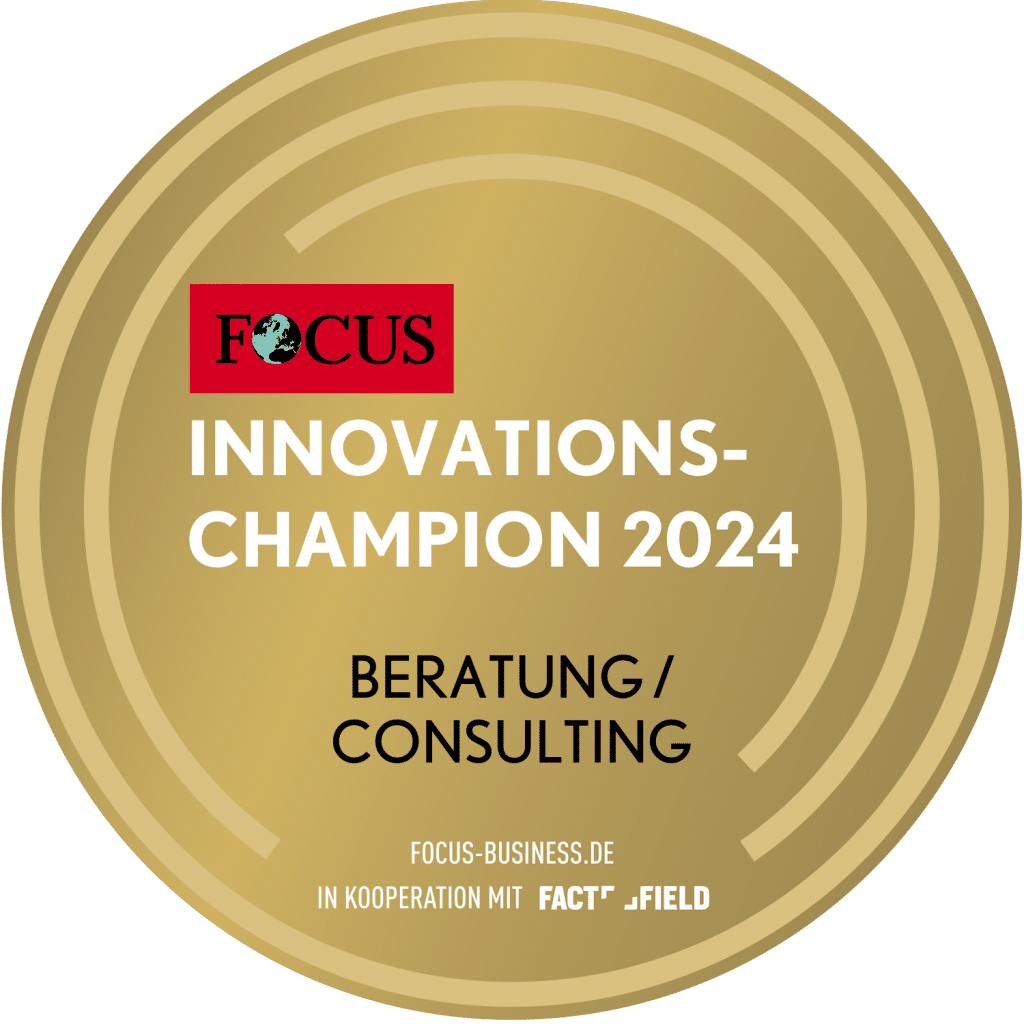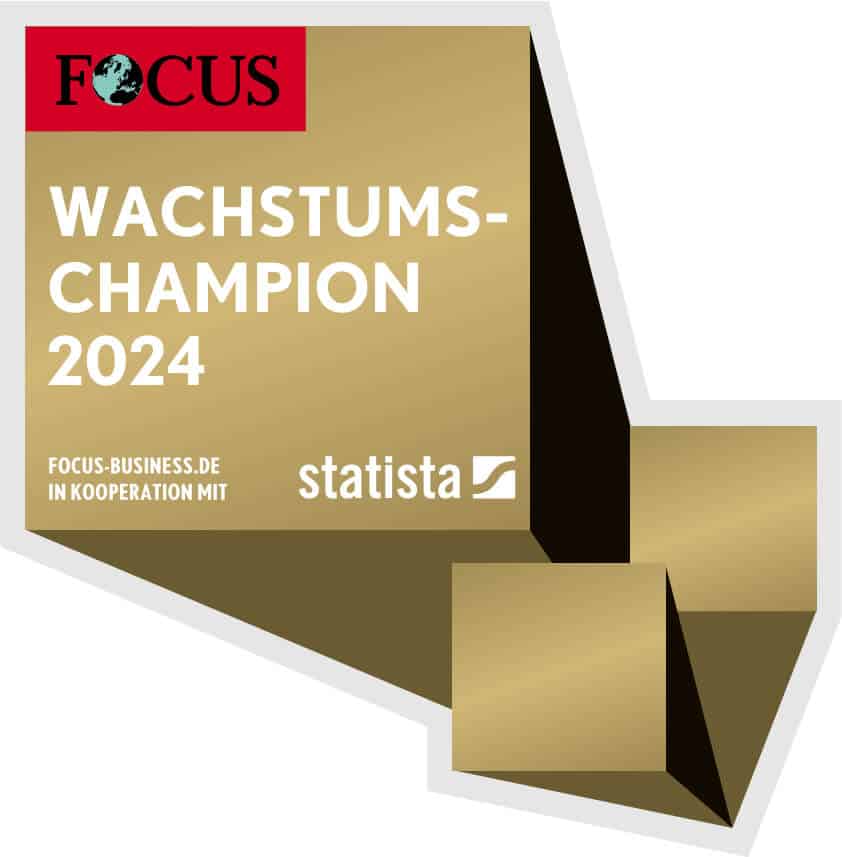Not everyone has yet understood that companies must no longer focus on the product, but on the customer - this is the only way to secure their future competitiveness. Are you one of the companies that have successfully completed the transformation to customer centricity? Do you understand the real needs of your customers in order to ensure customer satisfaction and thus sustainable customer loyalty? Read and learn in this article how to understand and proactively manage customer experience by understanding and fulfilling the expressed and hidden expectations to delight your customers*.
What customer centricity really means
True Customer Centricity is a cultural movement at its core. ... If you're able to truly understand your customer, you can anticipate future needs and proactively meet them in the overall user experience at every touch point.
~ Mike Corak, Digital Marketing Executive, VP and GM at DAC Group.
'Customer centricity' is one of the buzzwords that is increasingly being used in connection with customer experience. But what does customer centricity actually mean?
According to Dr. Peter Fader, one of the opinion leaders in the customer centricity discussions and author of the book Customer Centricity: Focus on the right Customers for Strategic AdvantageCustomer centricity means that companies should pay attention to 'customer lifetime value' and focus their efforts to increase their profitability on those customers who provide the company with high added value: "...Customer centricity is about identifying your most valuable customers-and then doing everything in your power to make as much money from them as possible and to find more customers like them. These customers give you a strategic advantage over your competitors...."
Customer centricity requires solutions developed together with the customer - with the customer at the center and a holistic service for the customer. Especially in consideration of the increasing digitalization and the resulting Changed customer behavior and customer expectations, this can mean that a company has to question its entire business model, as we show below.
We live in times in which customers have more and more power - in the age of the customerin which 'business as usual' is no longer enough: "Companies must deliver faster innovations, better service, and an overall experience that delights people so much they want to share it. [...] Building a customer centric company depends, first and foremost, on building a customer-centric culture".
The implementation of this customer-centric culture implies a significant rethinking process for most companies, as we further down in this article will explain. A change that many companies are struggling with.
What is the difference between product centricity and customer centricity?
Product-centric means that companies focus on their products and not on the customers who buy these products.

Product development focuses on the further development of existing technology or skills. This means that these companies have an 'inside-out' perspective. Customer centricity requires an opposing perspective. Coming from the customer, their needs should be understood and then translated into solutions (outside-in).
Companies must specifically question what their customers and, by extension, their customers' customers expect. The product development of these companies must refocus: away from functionality and towards generating added value for the customer. And real added value for their customers is achieved when they can inspire their own customers with additional added value.
The strategic reorientation lies in the solution orientation with regard to the known and, above all, the unspoken, hidden expectations of the customer. The challenge lies in identifying the customer's real expectations and tailoring the solution to them.
The so-called 'buggy-whip' example shows how product or mere customer centricity can be misleading. The carriage manufacturers perfected their product, but did not realize that cars were beginning to replace them. Henry Ford, on the other hand, had identified the unspoken needs of his customers: "If I had asked them what they had wanted, they would have said: a faster horse."
Customer centric = customer focus?
There are crucial differences between customer focus and customer centricity. Organizations that focus on their customers address their expressed and obvious expectations. The sales teams should identify the problem areas of their customers and then offer solutions that are derived from these and serve the explicit customer wishes. And even these wishes are only addressed if they are in line with the company's objectives.
Customer-centric companies aim to think like their customers and thus identify their real needs and turn them into solutions for them.
Customer-centric companies focus on identifying and meeting the real needs of their customers in a holistic approach. These companies focus on 'customer lifetime value' (CLV) and also forecast the future needs of their customers. They claim to be able to think like their customers.
Customer-centric organizations have the ability to meet both factual and emotional expectations, regardless of whether it is a product or service. They proactively take into account both conscious and unconscious customer needs and not just the expressed customer wishes derived from their problems. And customer-centric companies only provide their customers with relevant information based on their preferences in a personalized and tailored way.
Your next idea will eventually replace your old business model.
~ Anders Indset, Wild Knowledge, London 2017.
Customer-centric companies must also be willing and able to change their entire business model if necessary.
Why is customer centricity important?
"... Customer centric is a way of doing business with your customer in a way that provides a positive customer experience before and after the sale in order to drive repeat business, customer loyalty and profits. And a customer-centric company is more than a company that offers good service."
~ Steven MacDonald, 2018.
What Jerry Gregoire, the former CIO of Dell, predicted in the 1990s is now a reality: Customer Experience determines success in the market. In times of increasing digitalization, Disruption and diversification, customers have more power than ever before. Companies that don't start thinking like their customers will fail.
Availability at the time of need and usability in line with expectations are becoming more important. In addition to functionality, emotional values such as
- Simplicity,
- Transparency
- Service orientation
for the purchase decision. Companies must respond to these changes with an appropriately aligned offering that focuses on the customer and their expectations.
It is becoming increasingly difficult for companies to differentiate themselves through their products. Only through customer-centered solutions companies can develop customer experiences and unique selling propositions that lead to long-term customer loyalty and thus to a sustainable increase in sales. Customer Experience leads to long-term customer loyalty and thus to sustainable growth.
The transformation to customer centricity

Transformation in terms of customer centricity requires a collaborative approach in which the team represents the entire workforce - including top management. As an additional challenge, this transformation usually implies a significant cultural change within the company. Many transformation projects fail because of this rethinking process. This particularly affects companies that are proud of their innovative products. Here, the 'technology genes' interfere with this necessary cultural change.
On the way to cultural change
It is essential that every employee in the company knows and understands the importance of customer centricity. This is the only way to ensure the necessary buy-in from all employees in the organization.
The transformation will take time. Road blockers will emerge. Awareness of the duration and any roadblocks that may arise is important to avoid frustration, but also to ensure passion and patience until the end of the transformation.
Companies that want to think and act in a customer-centric way need to gain in-depth knowledge of their customers: What are the real customer needs? And what are the wishes and expectations of these customers? Only this knowledge makes it possible to personalize products and services accordingly.
Adjusting screws for a successful transformation
Clearly and unambiguously assigned responsibility is one of the key factors for successful transformation. Organizations need a manager who wears the hat to drive customer experience and therefore customer centricity. But beyond that, the entire management and its teams must feel responsible for the transformation and the associated cultural change.
To measure and monitor the success of the transformation, organizations need meaningful indicators. As the customer is the most valuable asset of a customer-centric company, customer lifetime value (CLV) is the most meaningful indicator. CLV is used to measure the profitability that the company generates during the time it is in contact with the customer. The customer perspective must also be taken into account via a customer satisfaction indicator.
To summarize: How to implement customer centricity

The world talks about customer experience as a 'competitive battlefield' with customer-oriented thinking and action as the most important prerequisites.
Customer centricity is not a new approach per se. But in times of exponentially increasing digitalization, this customer centricity is becoming ever more important. The strategic business transformation to a customer-centric corporate culture with the proactive design of the customer experience determines the success of an organization.
For successful companies, 'winning' means that customer centricity becomes a top-down attitude throughout the organization with buy-in from everyone involved. Without neglecting product innovation, the entire staff must act from a customer-centric perspective.
Customer-centric companies should not scatter their efforts across all customers according to the watering can principle. If they take the idea behind customer centricity seriously, they need to identify and focus on their most valuable customers and ensure their delight. The challenge is to gather information about customers from different sources and omni-channels in order to offer relevant solutions to the most profitable customers at the right time.
Customer centricity: How to make the most of your opportunity
Customer centricity and service orientation generate customer loyalty, competitive advantages and thus profitable growth. Are you already one of the successful companies that make use of these opportunities offered by customer-oriented business models? Or would you like to make greater use of these opportunities to increase growth and profitability in the future?
We would like to invite you to discuss with us how you can make the most of this opportunity. We are available for an initial, non-binding discussion at your premises. Make an appointment with us.
Or come to our symposium "Service 4.0 - Digitalization drives Customer Service Excellence" on 17 September 2018 at the Schlosshotel Monrepos in Ludwigsburg: Our invitation-only event for managers who recognize the requirements and challenges of customer centricity in the face of increasing digitalization and want to successfully address them in their company.
You can find more information on our TCI news page or directly in the event flyer.
—
*Please also see our other blogs on the topic of customer experience: Understanding and fulfilling customer expectations and Customer enthusiasm through personalized solutions.
(Cover image: © deagreez | fotolia.com)


